Chinese Grocery List Posted by sasha on Mar 2, 2017 in Culture, Vocabulary
Making a grocery list is one of those boring, mundane tasks that’s just a part of life. If you’re like me, going to the market without a list usually spells disaster. You end up with a bunch of things you don’t need (giant bag of chips), and somehow manage to forget those essential items (toilet paper). Not only are grocery lists important, but they can also help you in studying Chinese. Taking the time to write it out and then look it over in the store is great practice. To help you out, here are some vocabulary charts so you can make a Chinese grocery list.
Vegetables
Fruit
Meat & Seafood
Everyday Items
Clothing
Feel free to print these lists out and use them to study. Write out your next grocery list in Chinese – it’ll make that regular old everyday task something useful for your language studies. We’ll have some video posts to help you with your pronunciation soon, as well as a post with some more tips on how to do your shopping in Chinese.

Build vocabulary, practice pronunciation, and more with Transparent Language Online. Available anytime, anywhere, on any device.



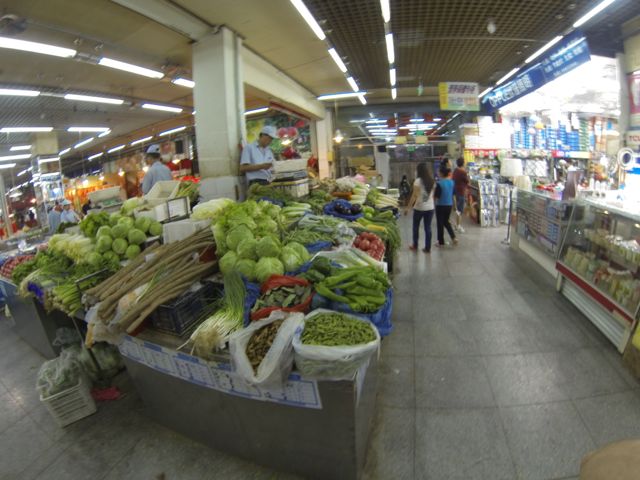

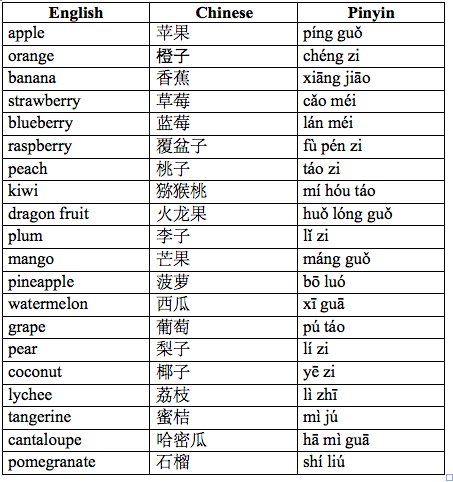

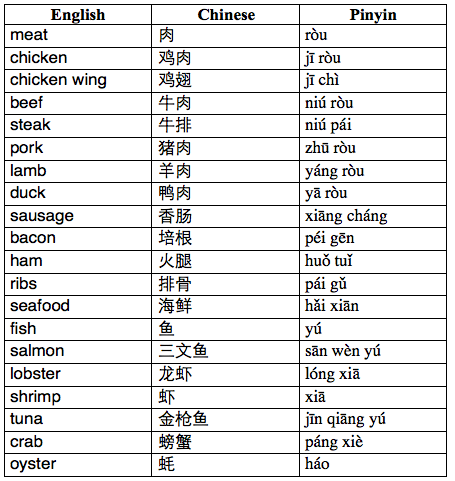
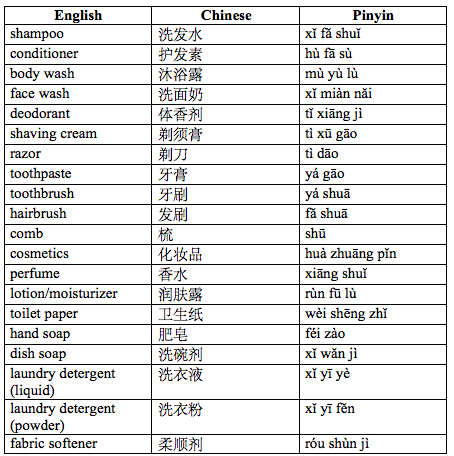

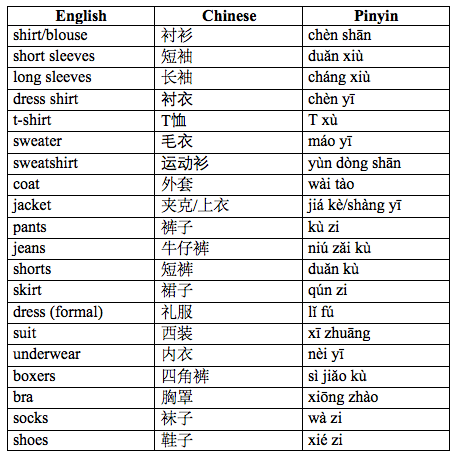

Comments:
Peter Simon:
Excellent lists, really useful.
I miss the vegetable that every Chinese (or knowledgable Dutch) person and restaurant here in the Netherlands uses regularly and call ‘pak choi’. I guess it comes from a regional dialect or Sechuanese, but it would be nice to know it in putonghua and English.
Also, it would be worthwhile mentioning that the eggplant as we know it in Europa doesn’t look like a huge purple egg at all in China but like a long, purple cucumber. How we or they managed to make it different (colour lighter, sometimes even almost white) is a mystery, but preparation is also different. So we couldn’t make musaka in China … but it’s also quite difficult to replicate those wonderful qiezi dishes in Europa.
Besides, garlic and ginger is also used extensively in Chinese cuisine, worth mentioning (大蒜 [da4 suan4] and 生薑 [sheng1 jiang1] respectively)
sasha:
@Peter Simon Thanks for the additions, Peter! Definitely a lot of garlic and ginger in Chinese cuisine. Can’t believe I let them slip my mind when I made the list!
Peter Simon:
@sasha Hi, Sasha, any idea about ‘pak choi’?
Frank:
@Peter Simon @Peter Simon As a Pak Choi lover in China, I’m glad to find your comments. You can actually use Pak Choi as its English name. This name is widespread and acceptable. Its Chinese name
is 青菜(qīng cài) or 白菜(bái cài). You guessed quite right! This name does come from a regional dialect called Cantonese, but not Sichuanese. The Cantonese refer to Pak Choi as 白菜, and pronounce it as “baak choi”.
Linda:
What a great idea! One of those “Why didn’t I ever think of that!” Thanks for sharing
sunshine:
I am not able to copy and paste like I usually do? How do I print these out? they are feichanhao! 非常好
sasha:
@sunshine Hi Sunshine,
As WordPress is a bit weird about adding tables, I made the table in Word then just took a screen shot of it. So rather than doing the usual copy/paste, you should right click + save as for all the images. Then you can add them to a Word doc of your own and print them out.
As far as your idea for a Chinese language meet-up, that would be cool and I’m sure you could get some interest in Chicago! Maybe try making a Facebook event?
Thanks for reading!
-Sasha
Elizabeth:
谢谢你! It was helpful.
Chinese traditional items:
Interesting and very nice
in this information
Thank you for this
Information.